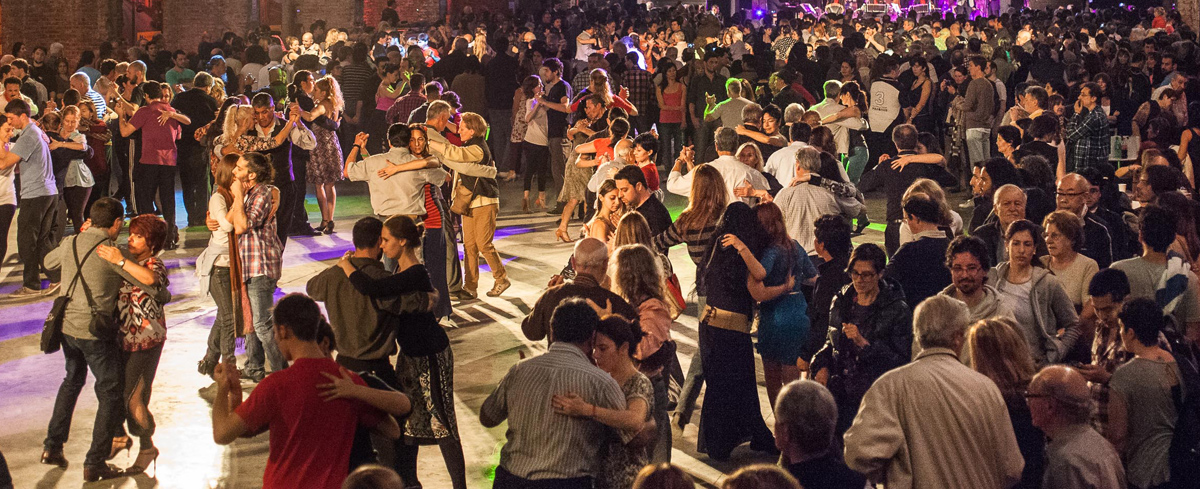You’ll find music in the air everywhere you go in Buenos Aires, whether it’s an apparent reincarnation of Jimi Hendrix busking on the metro, an impeccably produced opera at the Teatro Colón or jetset Djs playing to packed crowds at the riverside nightclubs. Whatever your taste, you’ll find something to please the ears, be it jazz, reggae, Latin rhythms or electronic dance, but there are several styles of music that are part of the very fabric of the city, and which every visitor should listen out for.
Tango
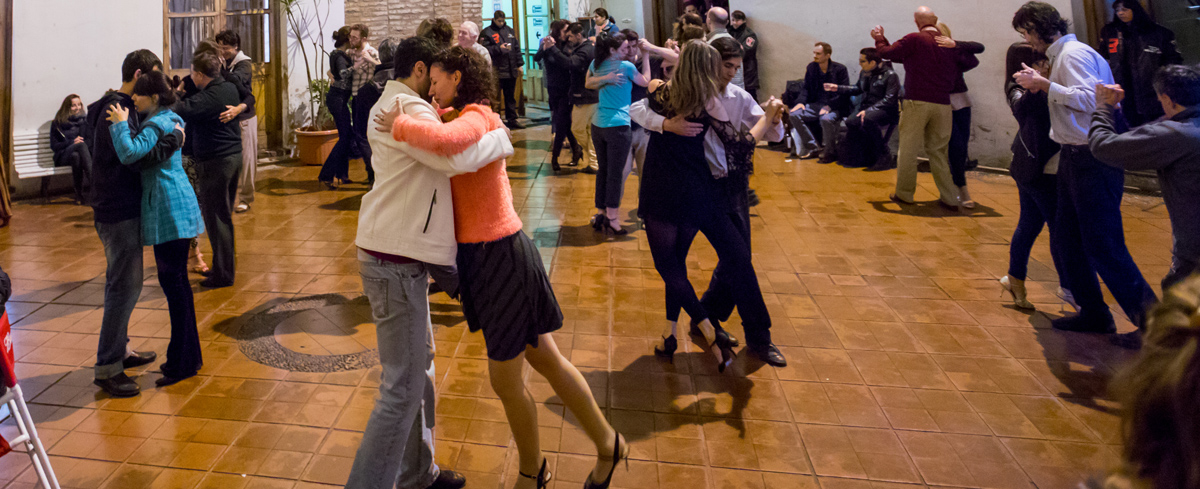
As the first notes of a new tango sound, a woman straightens her back in her chair and scans the row of men on the opposite side of the dancefloor. She’s already changed her shoes and has been waiting, taking her time to absorb the atmosphere and watch the dancers on the floor. Now, with this song, she’s ready to dance herself. A man looks her way and adjusts his shirt cuffs, and nods. . . At her? She nods back discreetly and the man stands and walks towards her, yes, the nod was for her. As he reaches her table, she stands and steps into his embrace.
The most famous music and dance to emerge from Buenos Aires has come a long way from the taverns and patios of San Telmo and La Boca. Originating in the mid-1800s, tango took on added depth and complexity as it exploded in popularity during the golden age of the 1920s-1950s, with large orquestas tipicas coming to define the sound. Today, you can hear everything from groups that replicate the golden age sound to tango punks and electronic tango acts that take the genre in new directions. The place to experience it is at the milongas, social dances that maintain the codes and traditions of the 40s, often in venues you wouldn’t notice from the street. Open an unmarked door and feel a tingle down your spine on hearing the sound of music approach as you climb the stairs to the threshold to this magical ritual.
Listen: El Cachivache Quinteto
Go: There are many milongas in the city on any given night of the week. Check local listings when you’re in town. To hear tango music, check the schedule at Usina del Arte and CCK.
Folklore
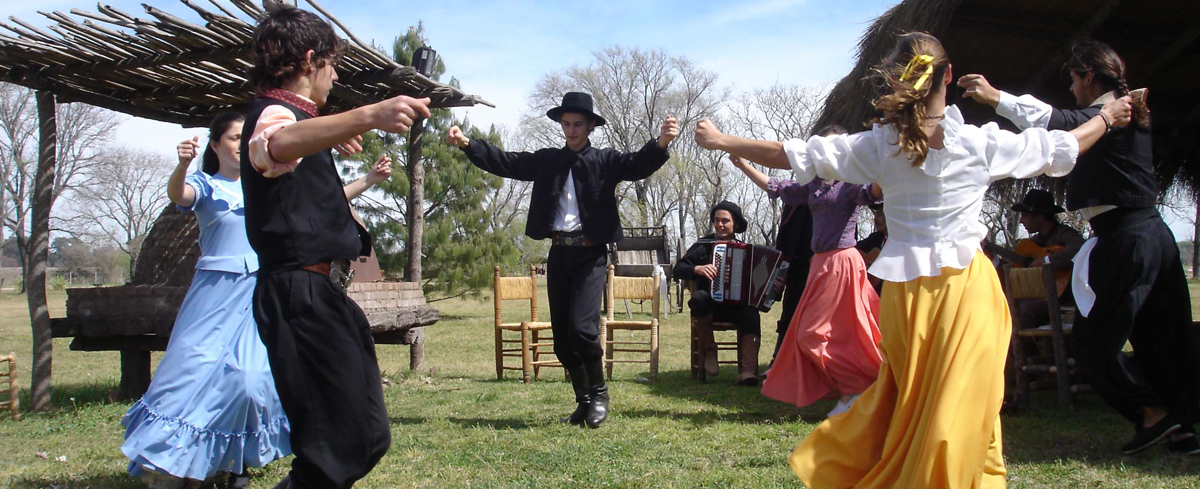
A man wearing a beret and country-style trousers buttoned at the ankles puts down his glass of beer as one of the musicians on the low stage calls to him. It turns out the man is a renowned guitarist from northern Argentina who’s visiting the city. Does he want to join them on stage for a couple of numbers? He doesn’t have a guitar with him, but one quickly appears from somewhere and then he’s up on stage with the other musicians. They start with a chacarera, and soon much of the audience has paired into couples, turning and spinning around each other, their hands outstretched above their heads. That’s followed by a zamba, a slower more romantic genre, which causes handkerchiefs to appear from bags and pockets to be used to play and tease in a game of courtship on the dancefloor.
Tango is not the only traditional music in Argentina. Hailing from the countryside, Argentina’s strong folk legacy includes dozens of different genres and dances, the best known being the fun chacarera and romantic zamba. The music lives in what are called peñas, gatherings of musicians that sometimes turn into jam sessions with spontaneous appearances and collaborations. These are places where the countryside meets the city, so don’t be surprised if you see people wearing berets and other traditional countryside garb, as well as young dancers wearing jeans and sport shoes, all with equal passion for traditional music and dance.
Listen: Chaqueño Palavecino - Chacarera Pa' Mi Abuelo
Go: There are peñas held regularly throughout the city, but particularly in La Boca and in the area around the Abasto. Check local listings or search online when you’re in town.
Cumbia
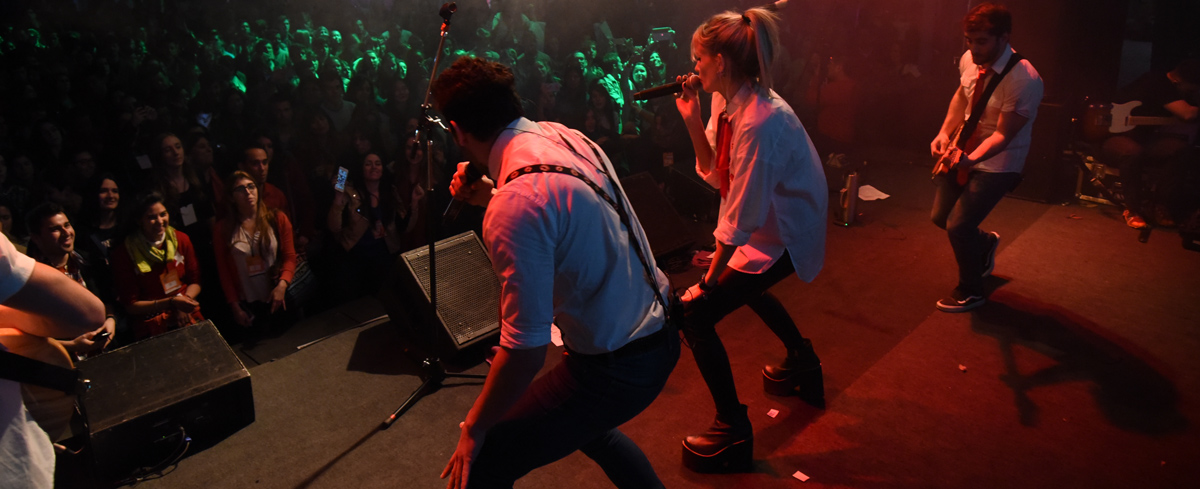
As the sound of the keytar and electronic drums rings out, the band begin jumping and the crowd gyrates and pogos. Some people dance as couple, some on their own or in groups of friends. “Palms in the air,” the singer yells. The party started late, and if you step outside you’ll discover the first rays of sunlight already filtering over the horizon.
While tango and folk are the more traditional genres in the city, the real soundtrack of the city today is perhaps cumbia. From the mid-20th century tropical influences from northern South America became popular in Argentina and were fused with local sounds to produce an Argentine version of cumbia that has already spawned several subgenres including the gritty urban cumbia villera. This sound mixes native South American influences with electronic drums and keyboards to send everyone from kids to grandparents into a frenzy everywhere it’s played, from nightclubs to weddings and office parties.
Listen: Damas Gratis - Por tu culpa me hice ladrón (Video Oficial 2017)
Go: Cumbia is so popular that you’re almost guaranteed to hear at least a few classics of the genre at any nightclub in Palermo, San Telmo or Recoleta.
Rock Nacional
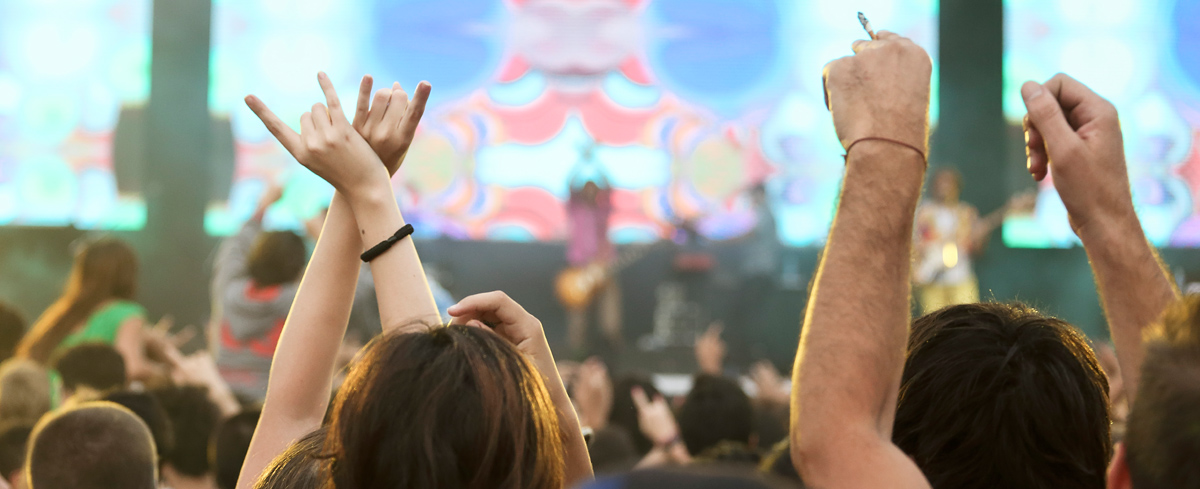
River Plate’s Estadio Monumental is one of the biggest football stadiums in South America, and whenever the team plays at home, the streets flow with fans making their way to the stadium, and the noise can be heard echoing around the surrounding neighbourhood of Nuñez. The same is true tonight, though it’s not a football match but a rock concert, the atmosphere is as raucous. In front of the stage, a dozen Argentine flags wave above the crowd, alongside banners reading messages to the band. The opening riff of a classic national rock track begins and the crowd goes bezerk, everyone determined to retain Buenos Aires’ reputation for having the most passionate audiences going.
Argentina’s always had an eye on what was happening elsewhere in the world, and if it’s liked what it’s seen, or heard, it’s got in on the action and tried to top it. By the late 1960s bands like Charly Garcia’s Sui Generis and Luis Alberto Spinetta’s Almendra were forging what would become “rock nacional”, proudly using Spanish lyrics rather than following the international trend of adopting English as the language of rock. The groups that followed offered sometimes bold commentary on Argentina’s political situation and phenomena like Redondos de Ricota and their hugely fervent fans became protagonists in the country’s transition to democracy in the 1980s, while giants like Soda Stereo gained international fame in the 90s. There’s nothing quite like going to a rock concert in Argentina.
Listen: Soda Stereo: Musica ligera
Go: La Trastienda, Luna Park, El Monumental, or see what up-and-coming talent you can discover at the annual Ciudad Emergente festival.
Candombe
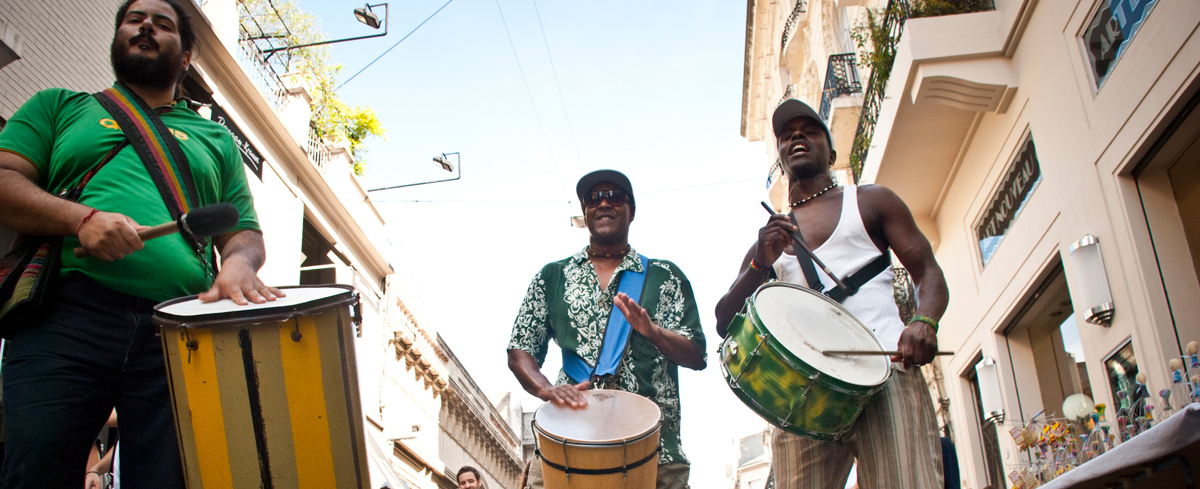
The sun is going down over one of Buenos Aires’ largest parks. Families are drinking mate to aid digestion and extend conversations after long Sunday lunches, children are playing football, painting, cycling, and groups of friends are practising tightrope walking and acroyoga. Then as boy serenades his girlfriend with an acoustic guitar, another sound begins to emerge: drums. The sounds seems to come from all directions and by the time the sun’s gone down the whole park is reverberating to the sound, and then they appear, walking as one mass: a procession of men pounding the tall drums they carry strapped over their shoulders, followed by the women dancers moving their hips in time with the beat.
Candombe is a legacy of Buenos Aires’ often overlooked African heritage. Freed slaves made up a large portion of the city’s population back in the mid-1800s, and they organised into nations in the neighbourhoods of San Telmo and Monserrat where they held regular dances. The tradition of candombe has survived and groups practice every week for annual gatherings in which several groups will meet together and perform traditional rituals in which the drums have to be heated around bonfires.
Listen: Kimba Candombe
Go: The group Kimba Candombe practises most Sundays at 5.00pm in Parque Centenario, while several candombe groups practice in San Telmo in the area around Plaza Dorrego, also on Sunday evenings.
